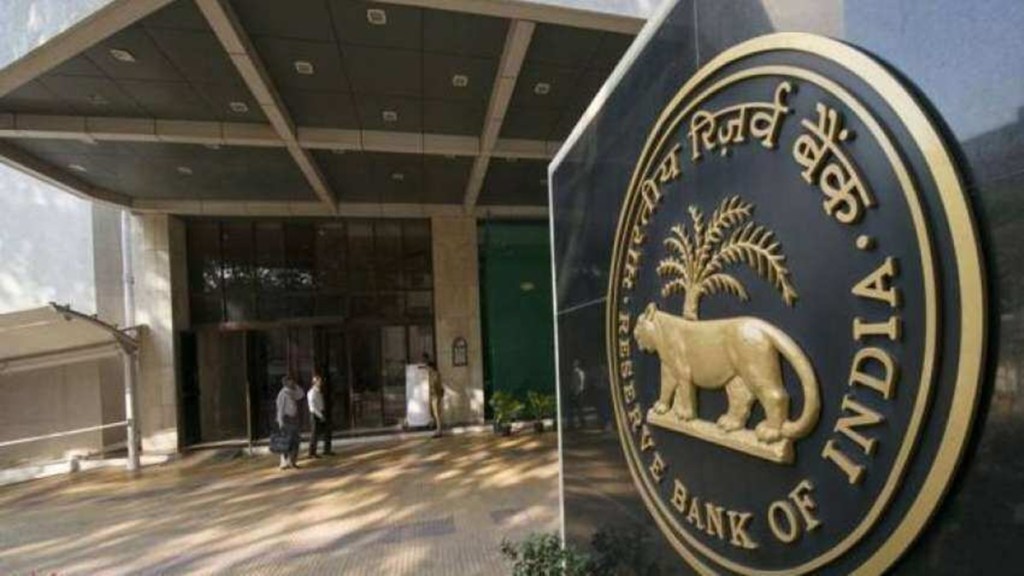The Reserve Bank of India (RBI) has raised concerns over worsening asset quality in unsecured loans, even as the growth in personal loans has moderated following regulatory measures introduced by the apex bank to curb their rapid expansion.
In the Financial Stability Report (FSR), the RBI flagged the sharp rise in write-offs among private banks, as a potential indicator of worsening asset quality in this segment and a weakening of underwriting standards.
“Delinquency levels in consumer credit remained stable for banks and NBFCs. However, rising impairment was seen in the unsecured retail loan portfolios,” it noted. “Moreover, upgradation is declining and slippage from SMA-2 to NPAs are on the rise,” it said.
A loan or account is classified as Special Mention Account (SMA) -1 when the principal or interest payment is overdue between 31 and 60 days, while it is classified as SMA-2 when the principal or interest payment is overdue between 61 and 90 days.
The growth rate of unsecured retail lending has moderated sharply from 27% in September 2021 to 15.6% in September 2024. The slowdown follows after the RBI decided to increase risk weights on secured loans in November last year, when it directed banks and non-banking financial companies to reserve more capital for risk weights. The mandatory risk weight requirement was increased by 25 percentage points and is applicable to unsecured personal loans, credit cards and lending to NBFCs.
“An area of concern is the sharp rise in write-offs, especially among private sector banks, which could be partly masking worsening asset quality in this segment and dilution in underwriting standards,” noted the report. “Among bank groups, small finance banks (SFBs) are witnessing larger impairment in their retail lending portfolio with the GNPA ratio at 2.7%, the SMA (1+2) ratio at 3.6% and the unsecured GNPA ratio at 4.7%,” it said.
Fresh accretion of non-performing assets (NPAs) in retail loan portfolios was also dominated by slippages in the unsecured loan book, with 51.9% from unsecured loans as at end-September 2024.
Nearly half of the borrowers availing credit cards and personal loans have another live retail loan outstanding, which are often high-ticket loans, noted the report.
“Given that a default in any loan category results in other loans of the same borrower being treated as non-performing by the lending financial institution, these larger and secured loans are at risk of delinquency from slippages in relatively smaller personal loans,” said the report.

